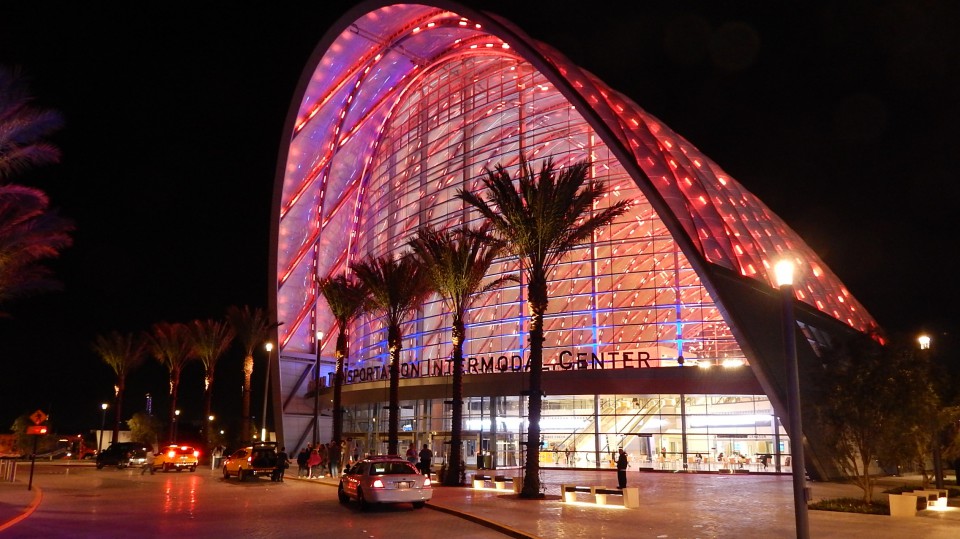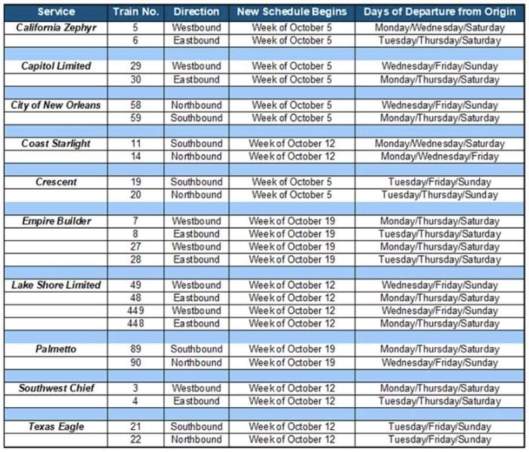Tags
Apple Valley, Brightline Rail Service, California High Speed Rail, Palmdale, Rancho Cucamonga, XpressWest
By Noel T. Braymer
It has been 12 years since voters approved the start of 520 miles of High Speed Rail construction between Anaheim, Los Angeles, the San Joaquin Valley and the Bay Area. Then reality hit. Things usually don’t go according to plan when building something new such as High Speed Rail. This is particularly true in California where much of the rail infrastructure has its roots going back over 100 years ago. Like any major construction project with little experience of it being built in California things didn’t all go according to plan. Such major projects are often promoted by major consulting and planning/engineering companies like Parsons Brinckerhoff which now does business as WPS USA. Years before 2008 Parsons Brinckerhoff had the contract to design and lead construction for the California High Speed Rail Project.
Then reality hit. The biggest problem was finding right of way for phase 1 construction between Bakersfield and San Francisco. The original plan was to share much of the UP right of way in the San Joaquin Valley alongside Highway 99. The California High Speed Rail Authority asked the UP about using its available right of way along their mainline. The UP had publicly said they wouldn’t allow High Speed Rail on their right of way in 2008. When asked, the UP said no, and the California High Speed Rail Authority didn’t have a fall back plan. The High Speed Rail Authority ended up sharing right of way with the BNSF in the San Joaquin Valley. This route was not ideal and many parcels of land were needed to be condemned to connect with the BNSF right of way from private land owners, many of them farmers. There was much opposition by the landowners which dragged out the process and increased the costs of construction of the first phase of HSR in the San Joaquin Valley. The UP has since relaxed some of their opposition to allowing High Speed Rail Tracks in the San Joaquin Valley. But much damage was already done with costs rising and opposition growing in some parts of the San Joaquin Valley.
Of course over the years there were sensational headlines every so often about major problems and cost overruns for the California High Speed Rail Project. These headlines often came around election years. Several times, roughly every 2 years, which is when California normally holds elections, leaders of the California Republican Party would announce they were filing a petition with the Secretary of State to overturn the California High Speed Rail Project. I can’t remember any of these petitions getting approved by the Secretary of State to be put on the ballot for the coming election. But my guess is the California Republican Party was able to add names and addresses to their mailing lists from the people signing petitions to kill High Speed Rail. As a political football if a group succeeded in killing the High Speed Rail Project, they would have to find something else to talk up to excite their base.
Right now in the news are reports of terrible problems with a bridge built in Madera which is falling apart due to hopeless incompetence of the contractor or at least that’s the impression the news reports are giving. The bridge in question isn’t for trains. It is a highway bridge going over the High Speed Rail Tracks to grade separate trains from roads. The bridge in question is being built by Tutor Perini which is a well known construction company and has a major contract with California High Speed Rail. The problem with this bridge is it has water leaks. There is a subcontractor whose job it is to water seal the exposed metal inside of the bridge. The problem for this subcontractor was their seals didn’t stop the inside of the bridge from getting wet. Tutor Perini is paying for all the final work, not the taxpayers. But it doesn’t help to see news stories on this issue with a photo of a California High Speed Rail river bridge under construction in Madera which is not the highway bridge which needs to be water sealed.
Just in the last year or so California High Speed Rail is really going places. The goal is for now to run High Speed Rail tracks 171 miles between Bakersfield and Merced. At least hourly service is planned with new stations at Bakersfield, a Joint station for Kings and Tulare Counties, Fresno, Madera and terminating at Merced. At Merced there are planned timed transfers to ACE trains between San Jose and Sacramento. There will also be transfers on the San Joaquin trains from Merced to Oakland and Sacramento. Even with connections running times between services will be much faster than today. The new trains will all run on a mostly hourly memory schedule for fast connections.
What has really taken off has been new High Speed Rail service starting construction this year between Victorville and Las Vegas. Service is expected to start running by 2023 or so. This new High Speed Rail service already has raised funding by the selling of bonds. The private company behind this is named Brightline. It is privately funded and is busy extending service out of Miami to Orlando. This Florida rail passenger service travels on new rail passenger cars and low emission diesel engines for speeds up to 125 miles per hour. Brightline is building in California and Nevada a largely elevated High Speed Railroad with speeds up to 200 miles per hour. Building this new High Speed Rail service is a subsidiary of Brightline called XPressWest. This company has been trying for years to get funding and approvals to start building their railroad.
What is also in the works is to build this new High Speed Railroad on land leased from the States of California and Nevada in the median of I-15. Brightline is planning a 170 mile railroad between Las Vegas and Apple Valley California for about 5 Billion dollars. By leasing the median on I-15 construction costs are lower since there isn’t land that needs to be bought or cleared. What XpressWest/Brightline is also up to is extending service south of Apple Valley 50 miles to Rancho Cucamonga likely as a phase 2. At Rancho Cucamonga Brightline will share connections with Metrolink which will provide rail connections to much of Southern California. What Brightline is also working on is running a connection from Las Vegas to Palmdale roughly 63 miles apart with connections to Metrolink. This was until recently planned for both rail service and a new freeway. With the freeway plan now dead, there is an effort to transfer funds from the original proposal to fund just the rail segment.


